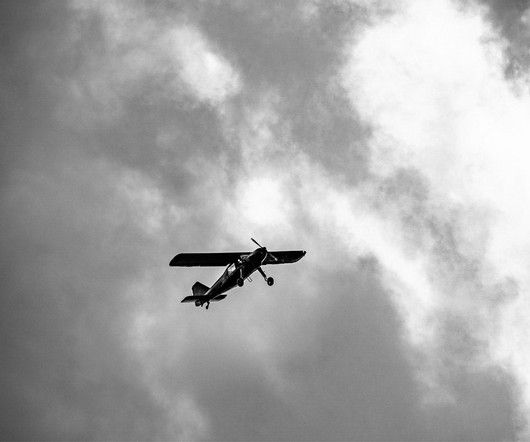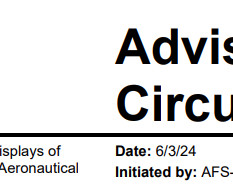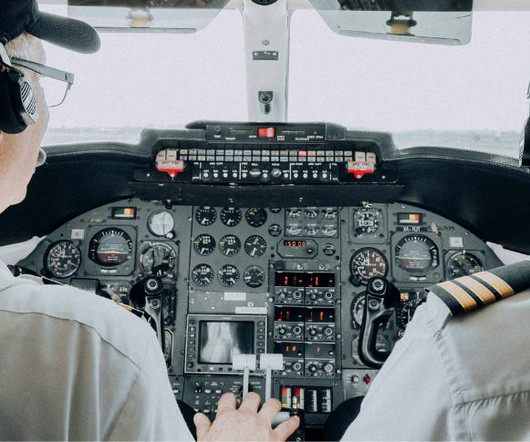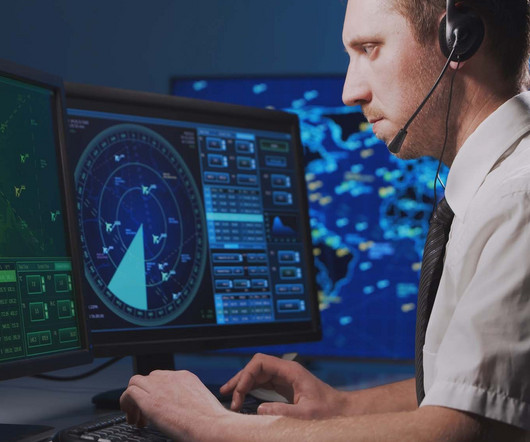Cockpit Voice Recorder Inoperable In Philadelphia Jet Crash
AV Web
MARCH 6, 2025
31, revealing that the cockpit voice recorder (CVR) was not operational at the time of the crash and likely hadn’t captured audio for several years. At the time, instrument meteorological conditions (IMC) were present, including an overcast ceiling at 400 feet above ground level, winds from 220 at 9 knots, and 6 miles visibility.




















Let's personalize your content